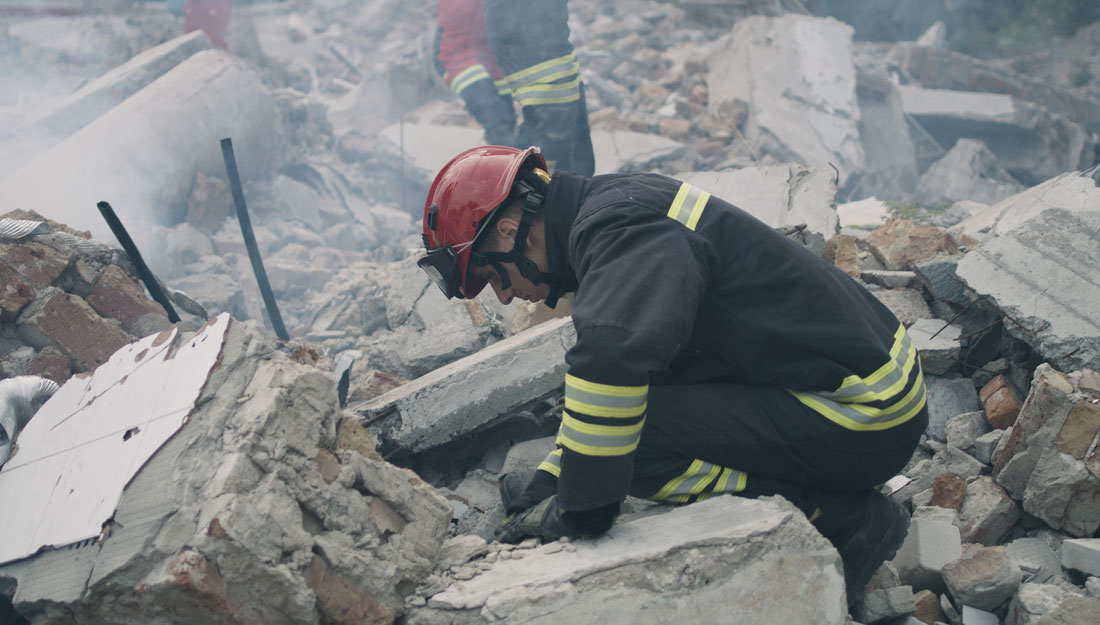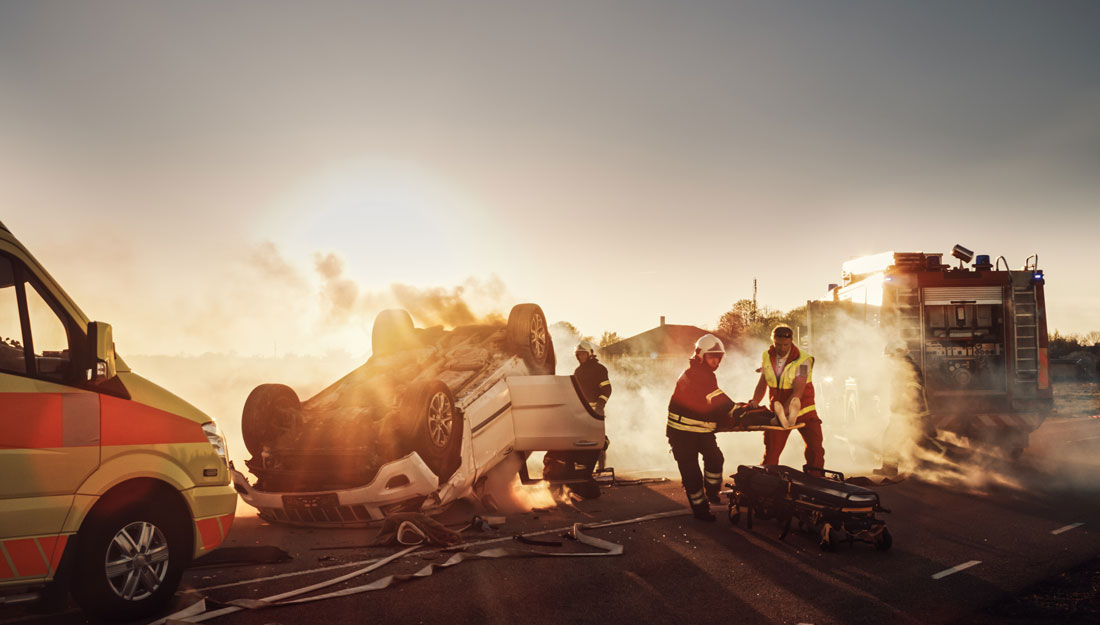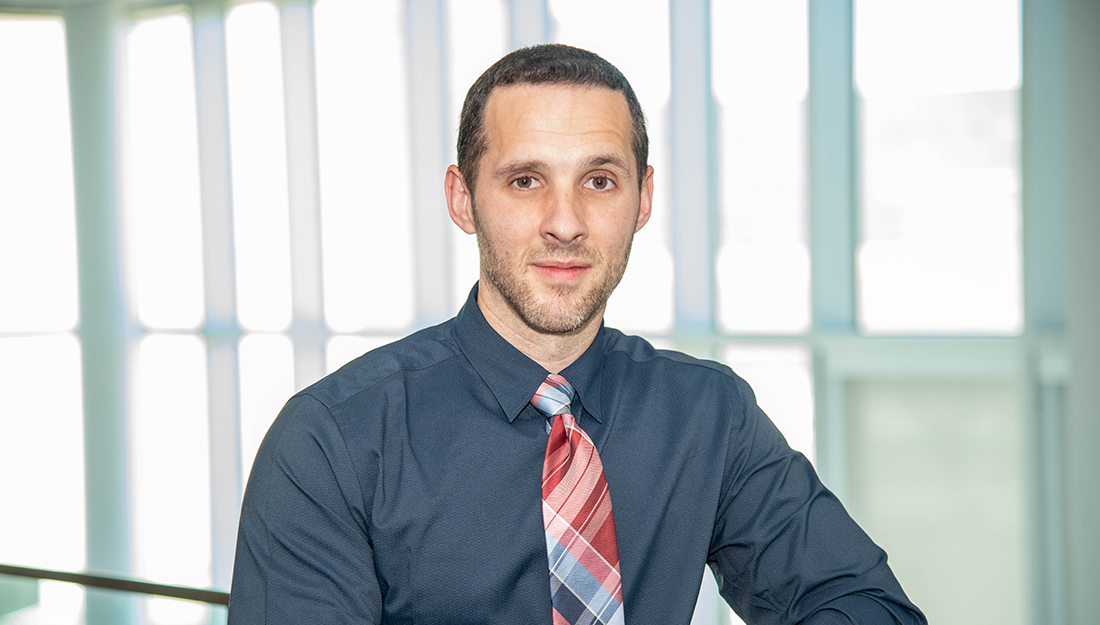New, national policy brief sheds light on unprecedented challenges faced by disaster workers

Natural and human-made disasters are more frequent—and complex—than ever, and workers involved in their response and clean-up face unprecedented challenges.
A new policy brief for the American Public Health Association (APHA) summarizes current conditions and explains how a focus on equity, resilience and capacity building could be a game changer for everyone involved.
Here, Texas A&M University School of Public Health researcher Aurora Le, PhD, who contributed to the policy brief, answers the big questions about today’s challenges and the recommended path forward.
What are public health policy briefs, and how does the APHA use them?
Le: They are member-produced, evidence-based summaries of possible options for addressing timely public health issues. After an extensive review process, the policies that are adopted by APHA are made available to anyone who needs them, such as policymakers, scholars, attorneys and others.
Why is this the right time to focus on disaster workers?
Le: We know that workers who responded in the first week after the World Trade Center attacks in 2001 paid a high price: a 30 to 50 percent higher risk of dying from heart disease, smoking and all other causes compared to other people. This is largely the result of their exposure to gypsum, fibrous glass, asbestos and numerous other hazards.
Since then, the conditions these workers face have grown even more complex. Climate change has increased the number and severity of wildfires, floods, tornadoes and other natural disasters, while human-made disasters today involve more chemical hazards, nuclear hazards and biohazards.
In addition, there are far more major disasters today—an average of more than 100 billion-dollar disasters each year now compared to three per year in the 1980s.
How are these workers affected by the increase in natural and human-made disasters?
Le: They are most vulnerable to secondary hazards. After hurricanes, for example, first responders face downed power lines and exposure to volatile organic compounds and to sewage that can cause infectious illnesses.
Workers engaged in cleanup activities often must deal with toxic dust, mold and other threats that can cause severe and sometimes irreversible damage to their health. Workers involved in the response and clean-up following the Deepwater Horizon oil spill, for example, were found to have respiratory, blood and liver abnormalities.
The effects on their mental health, too, are significant. While on the scene, disaster workers deal first-hand with the devastation and the resulting emotional distress of those affected, of course, and are likewise affected if they also live there. In addition, workers who are brought in from elsewhere experience the stress of separation from their social support systems.
What other barriers do they face?
Le: Increasingly, these workers are volunteers, such as day laborers, construction, landscaping and renovation experts, who live in the affected area or come from other states and regions. They may lack training in the use of personal protective equipment—or lack access to the appropriate equipment—and may not be familiar with local policies.
Furthermore, one study found that 62 percent of organizations had used volunteers, but fewer than 20 percent consistently checked their credentials or performed any kind of background checks. These factors suggest that these volunteers are not used to their fullest capacity.
Finally, disaster workers may face occupational health disparities such as exploitative working and living conditions, wages below the legal minimum and threats of retaliation for expressing concerns about their conditions. Some employers, for example, hire non-English-speaking workers to avoid having to comply with government employment standards.
What public health approaches did your team identify for alleviating this complex situation?
Le: We recommend a three-pronged approach. Two focus on training: developing high-quality health and safety training for disaster workers that includes a mental health component and adopting a systematic approach to training that prepares workers for the risks they will face at every step of the disaster preparedness, response and recovery process. The third is to establish protocols to ensure that health and safety policies and programs are enforced.
How do these compare to the training and enforcement protocols currently in place?
Le: The National Institute for Occupational Safety and Health (NIOSH) and the Occupational Safety and Health Administration (OSHA) address worker safety and health at the federal level, but only OSHA has the authority to enforce employer standards for worker health and safety.
OSHA’s Hazardous Waste Operations and Emergency Response (HAZWOPER) standard does not cover all local or governmental workplaces—only 29 states have OSHA-approved plans. In addition, OSHA does not have enough staff, funding and other resources to oversee all workers.
As you drill down to specific policies and interactions between agencies, other gaps and inadequacies become evident.
What outcomes do you hope to see because of this policy brief?
Le: We want occupational health and safety standards that can address today’s hazards. Such standards would better protect disaster workers, promote equity, overcome current challenges, ensure legal compliance and maintain public trust.
The bottom line is for all workers, regardless of their background or status, to have the skills and resources they need to work safely and effectively.
Media contact: media@tamu.edu


